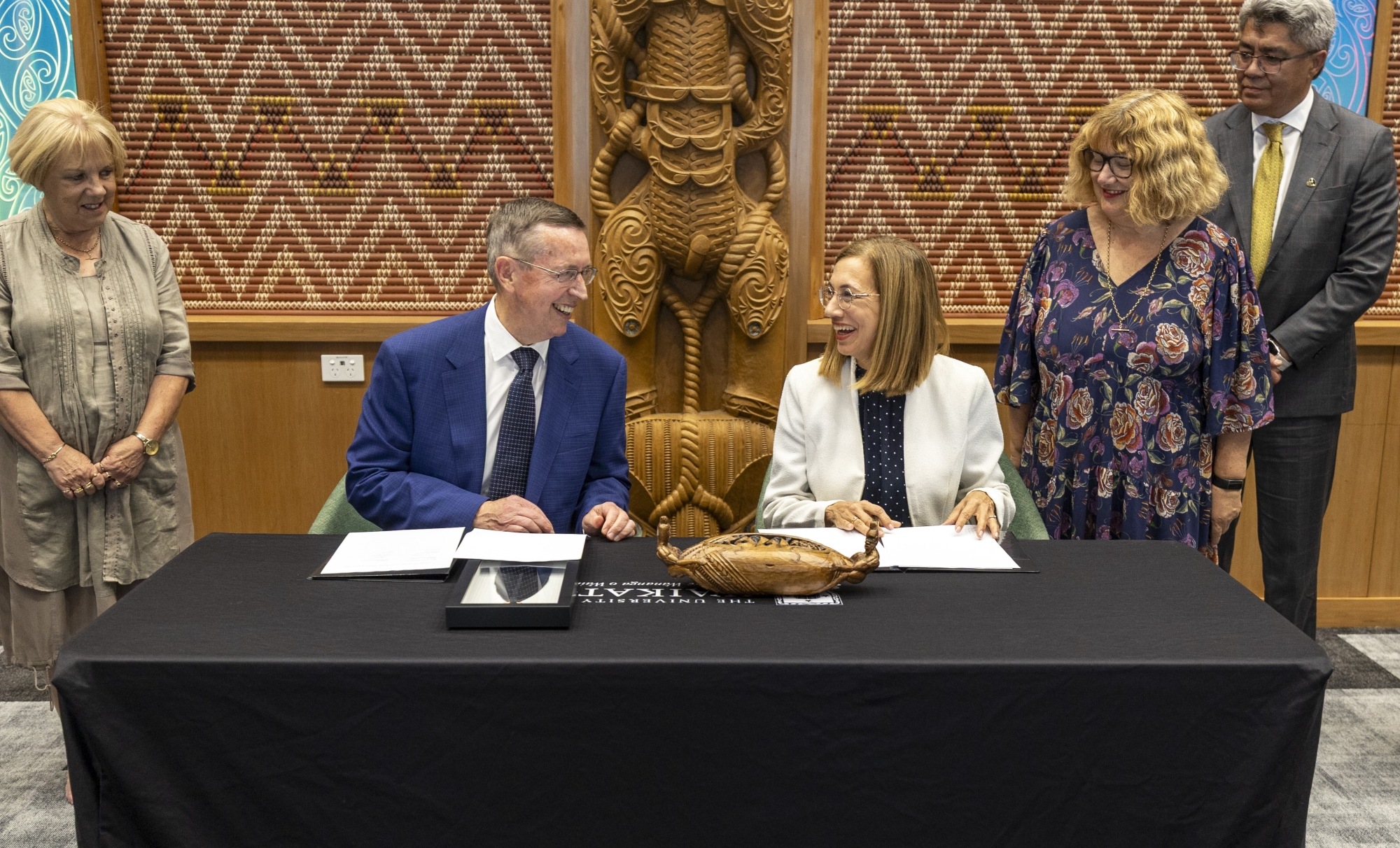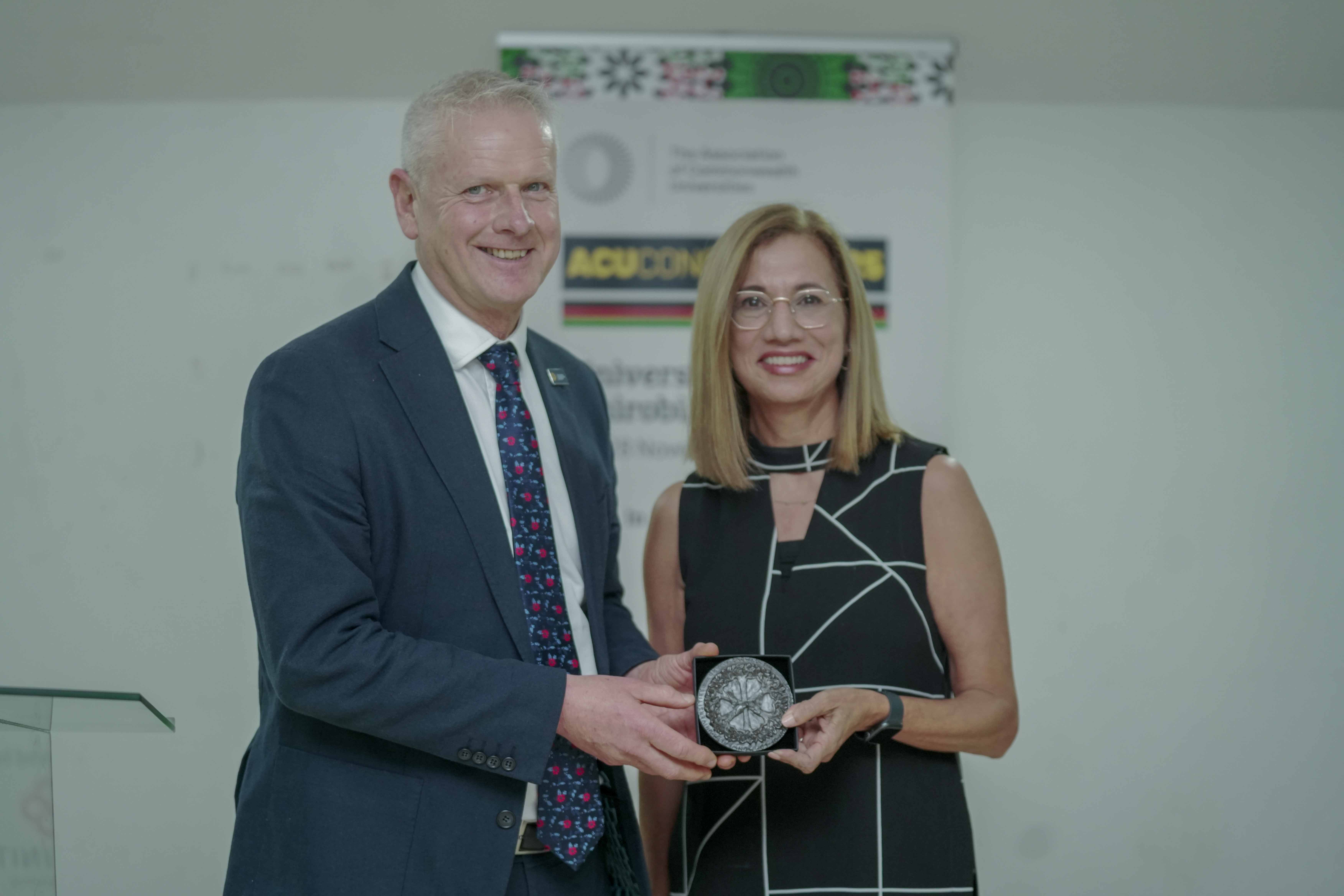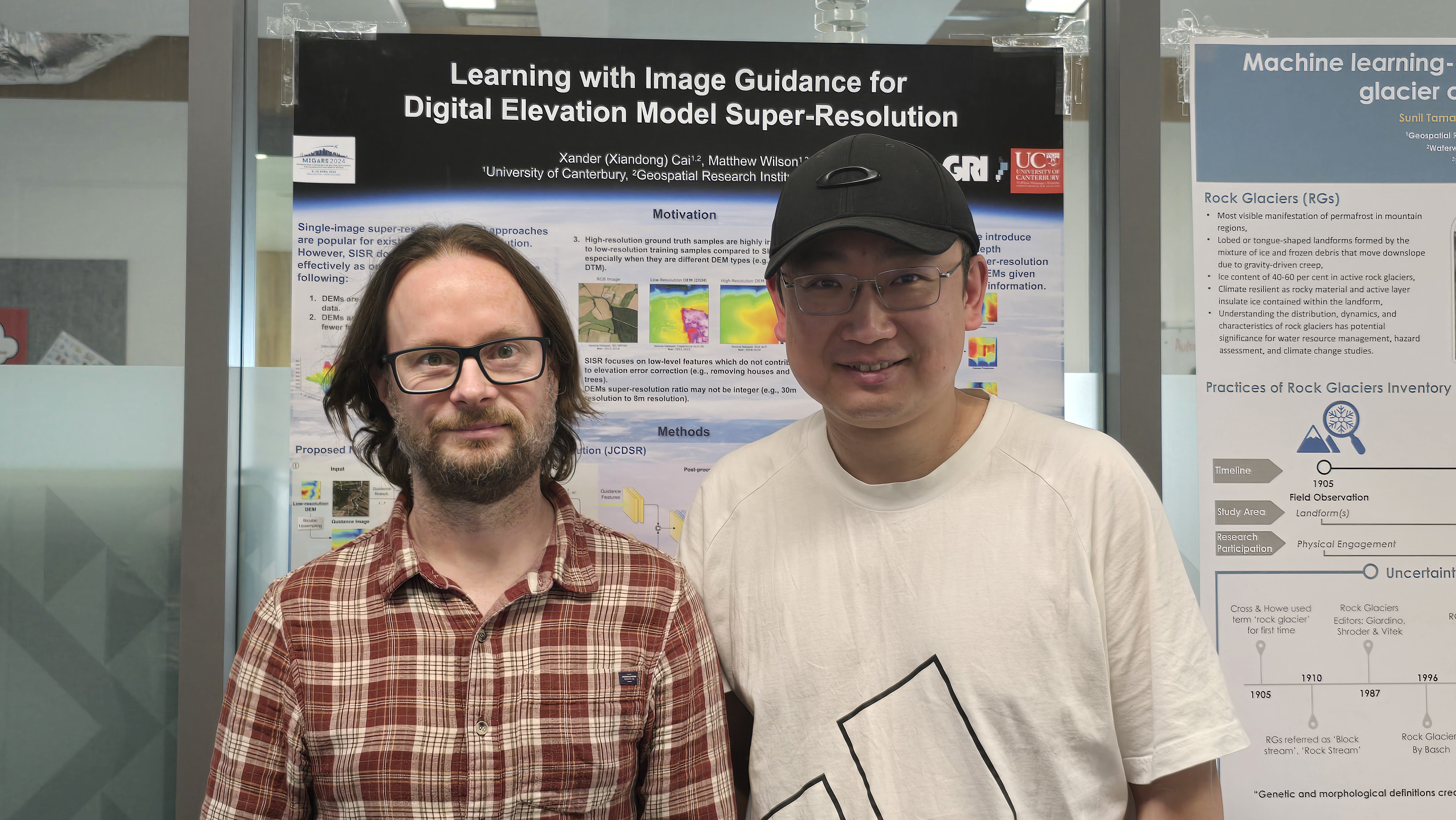Galaxias cobitinis (lowland longjaw)- photo credit Sjaan Bowie
Photo caption:
UC Faculty of Science PhD Candidate Martha Jolly wants to ensure all fish have a place below the water.
Ancient and endemic river resident galaxiids are close relatives of whitebait, but unlike their migratory cousins, they spend their entire lives in the same stream - sometimes even the same pool.
Te Whare Wānanga o Waitaha | University of Canterbury (UC) Faculty of Science PhD candidate Martha Jolly’s four-part thesis is one of the most comprehensive studies to date into the effectiveness of conservation interventions aimed at protecting non-migratory galaxiids.
Many populations have survived unchanged for thousands of years but now face extinction from a perfect storm of threats: habitat loss, climate change, and the widespread introduction of predatory trout.
“These fish are part of our evolutionary story,” Jolly says. “They’re unique to Aotearoa, but most people have never heard of them, let alone seen them. They live out of sight and, too often, out of mind.”.
While New Zealand has led the way with physical trout exclusion barriers, her research reveals that globally and nationally there’s little formal documentation of how these tools are used, or how well they work.
“We found that many interventions are reported in internal memos or agency reports, but rarely in scientific literature. That makes it really hard for others to learn from or build on the work that’s already being done.”
Her work combines field measurements, population modelling, and a global meta-analysis to identify what makes a successful barrier. Height is a key factor—but in sensitive spring-fed systems, large barriers can cause flooding. Jolly’s team identified alternative techniques, such as anti-jump screens and shallow plunge pools, that limit trout access while preserving fragile habitats.
Jolly also recognises that this work is just one piece of a much larger puzzle. “Even where barriers have been in place for years, the populations above them are tiny, sometimes just a few hundred individuals. We’re not reversing decline; at best, we’re slowing it. If we don’t act fast with a broader toolkit; translocations, captive breeding, expanded reserves, then we risk monitoring these species into extinction.”
One of the most endangered is the Galaxias cobitinis (lowland longjaw), found only in seven populations in Te Manahuna Mackenzie Basin, with fewer than 200 adults in each population. “There’s nowhere else in the world you can find this fish. If we lose it, it’s gone forever.”
While trout have had a significant impact on endemic fish species, Jolly believes there is a place for all below the water, including trout “We’re not anti-trout. There’s space for both native species and introduced sport fish, but we need to make more space for native biodiversity than we are right now.
“We need a holistic toolkit. That means not just barriers in streams but legal protection, more resource allocation, better data sharing, and a cultural shift that brings underwater biodiversity into the national conservation story,” Jolly says.

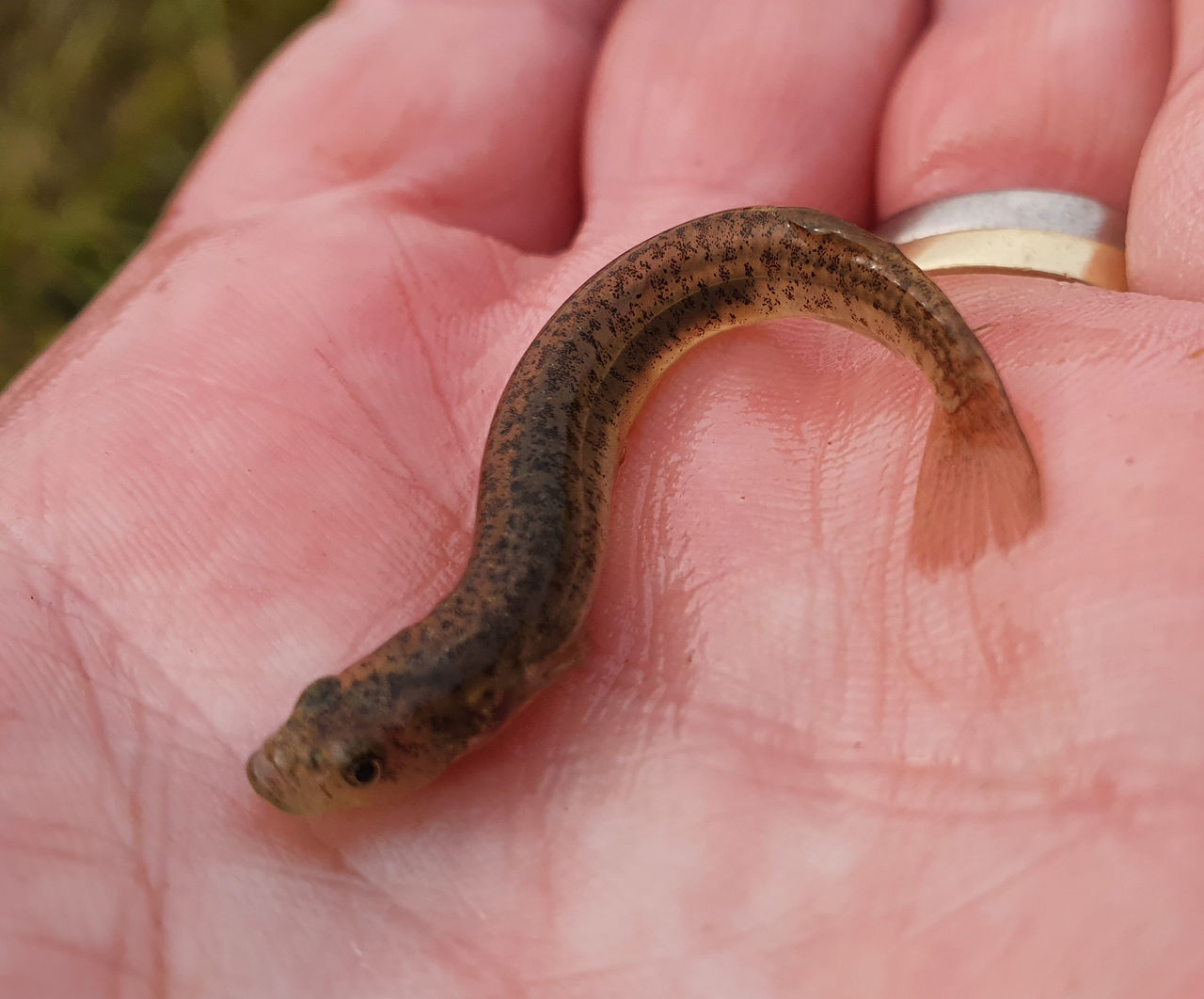
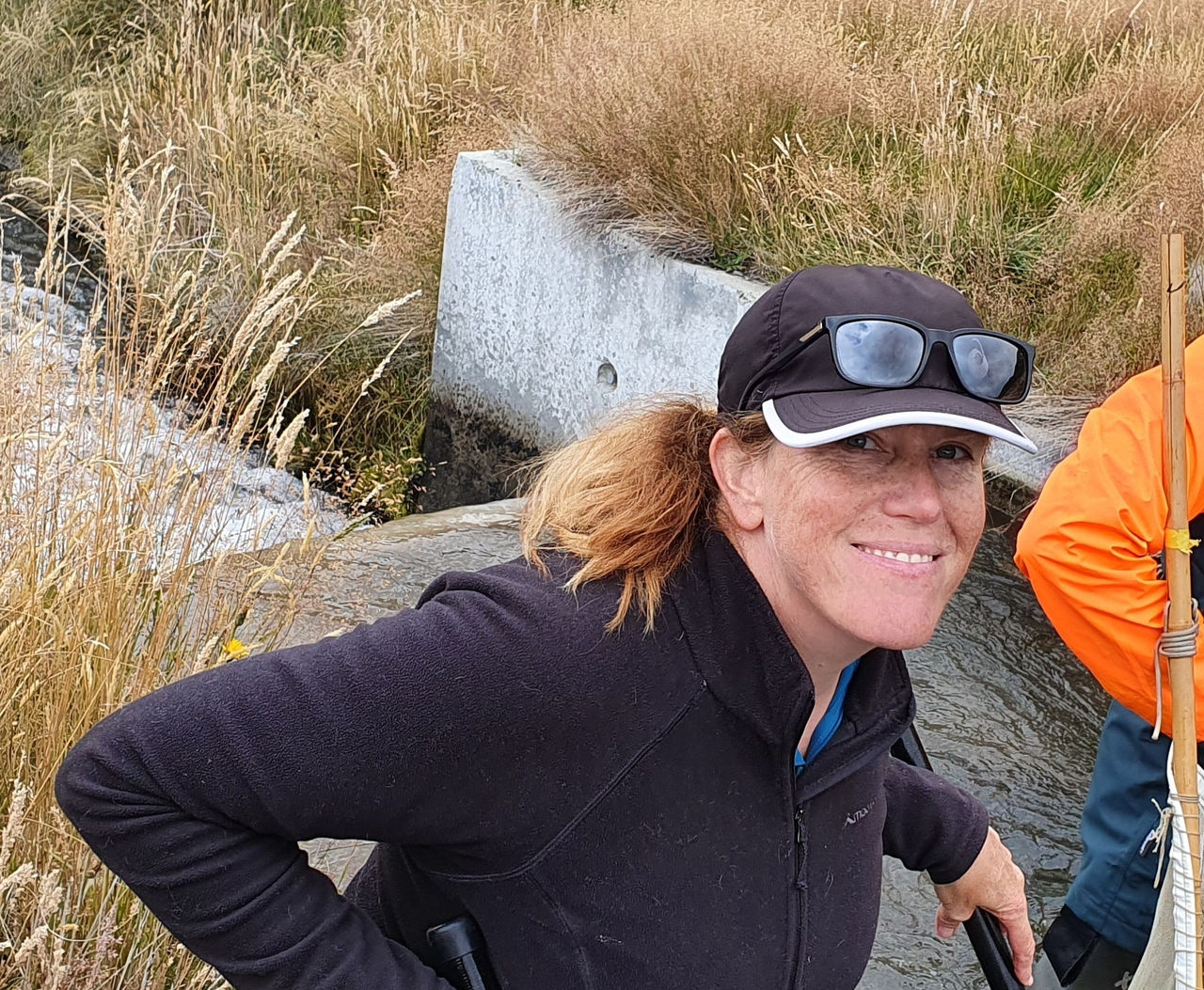
Faculty of Science PhD candidate Martha Jolly
%20photo%20credit%20Angus%20McIntosh.jpg/_jcr_content/renditions/cq5dam.web.1280.1280.jpeg)




